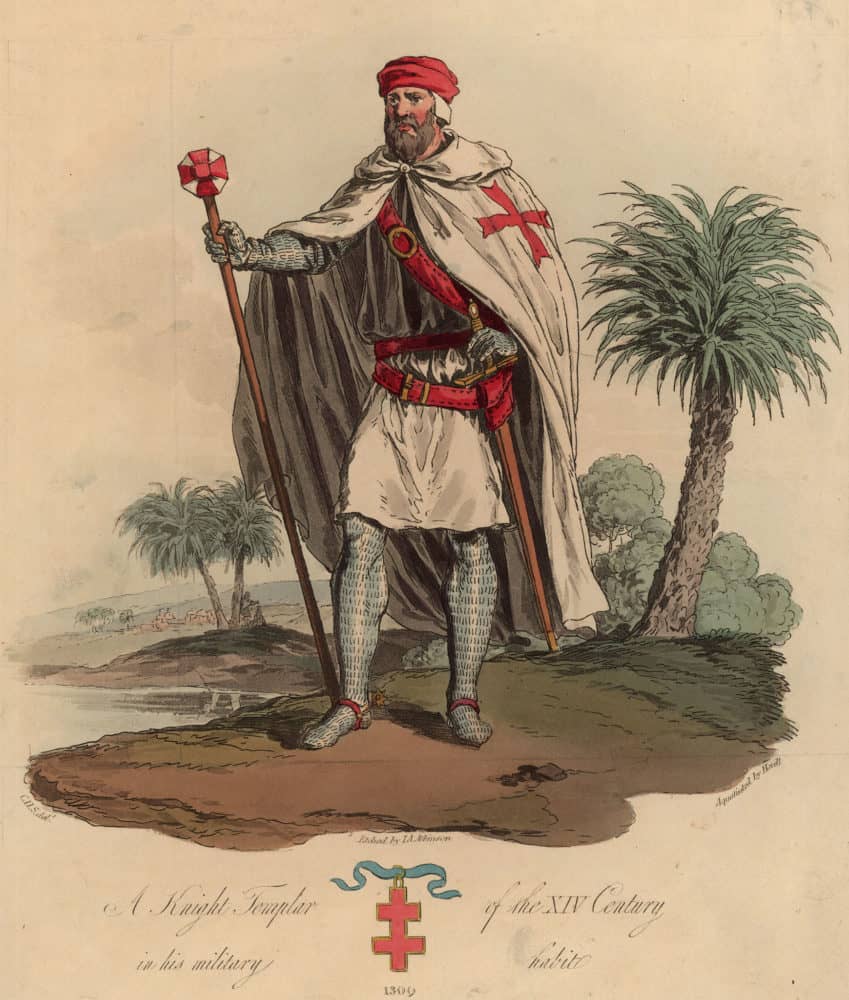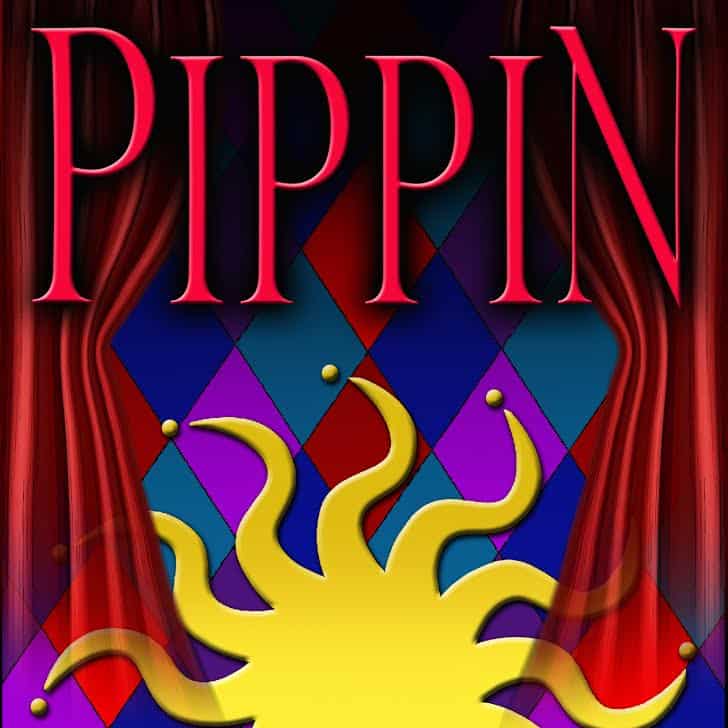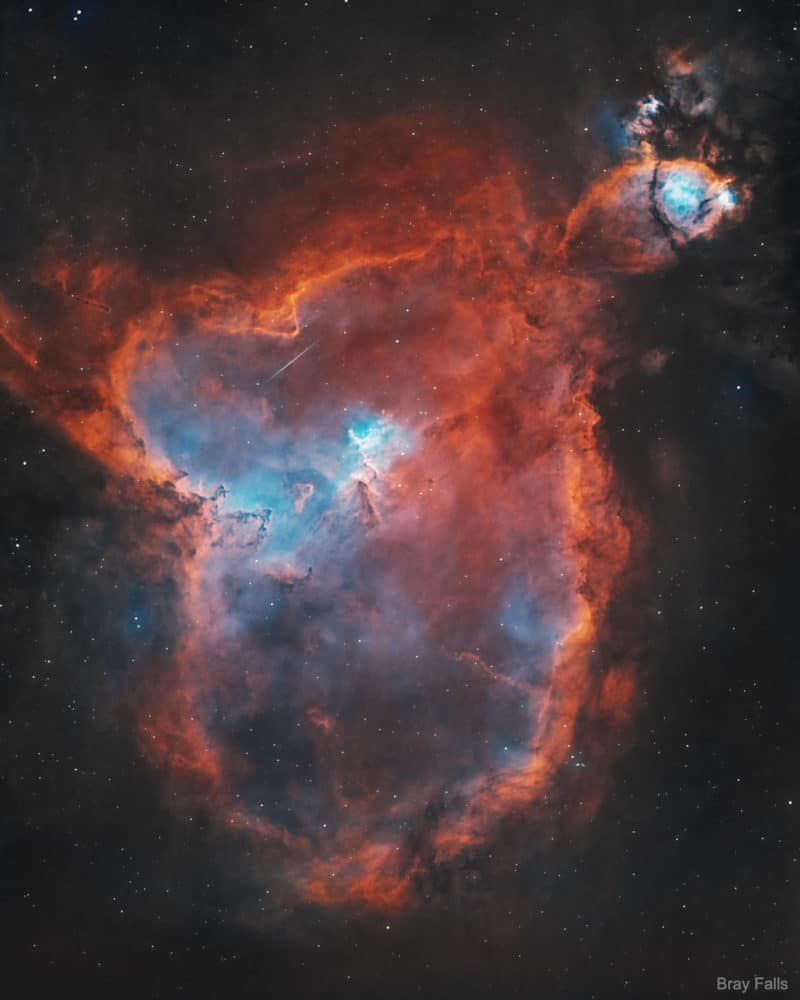Blog
Giorgos Papasideris (Greek: Γιώργος Παπασιδέρης 14 September 1902 – 8 October 1977) was a Greek singer, composer, and lyricist of Arvanite origin. He was born on Salamis Island. After leaving elementary school, he spent his entire career working professionally in the field of traditional Greek folk music and Arvanite folk music, producing many popular recordings. He died of a heart attack in 1977 on Salamis Island. In a district of Salamis City, named Alonia in the birthplace of Papasideris, there is a bust in memory of him.
more...Harvest Full Moon on Friday the 13th tonight September 13th 2019.
The full moon will occur near apogee, which is the most distant point in the moon’s orbit. The last time this happened was in 1832, and it won’t happen again for 505 years.
https://solarsystem.nasa.gov/news/1057/september-2019-the-next-full-moon-is-the-harvest-moon/
more...
Pippin the Musical opens tonight at the Mixed Blood Theater in Minneapolis presented by Theater 55. Friday the 13th (oh no) September 13th 2019 @ 730pm Running thru September 29th 2019 12 shows.
mick will be joining musicians Natalia Peterson on piano and Jamie Carter on guitar comprising our mini orchestra.
more...
The Poor Fellow-Soldiers of Christ and of the Temple of Solomon (Latin: Pauperes commilitones Christi Templique Salomonici), also known as the Order of Solomon’s Temple, the Knights Templar or simply the Templars, were a Catholic military order recognised in 1139 by the papal bull Omne datum optimum. The order was founded in 1119 and was active until 1312 when it was perpetually suppressed by Pope Clement V by the bull Vox in excelso.
The Templars became a favoured charity throughout Christendom and grew rapidly in membership and power. They were prominent in Christian finance. Templar knights, in their distinctive white mantles with a red cross, were among the most skilled fighting units of the Crusades. Non-combatant members of the order, who formed as much as 90% of the order’s members, managed a large economic infrastructure throughout Christendom, developing innovative financial techniques that were an early form of banking, building its own network of nearly 1,000 commanderies and fortifications across Europe and the Holy Land, and arguably forming the world’s first multinational corporation.
The Templars were closely tied to the Crusades; when the Holy Land was lost, support for the order faded. Rumours about the Templars’ secret initiation ceremony created distrust, and King Philip IV of France – deeply in debt to the order – took advantage of this distrust to destroy them and erase his debt. In 1307, he had many of the order’s members in France arrested, tortured into giving false confessions, and burned at the stake. Pope Clement V disbanded the order in 1312 under pressure from King Philip. The abrupt reduction in power of a significant group in European society gave rise to speculation, legend, and legacy through the ages.
At dawn on Friday, 13 October 1307 (a date sometimes linked with the origin of the Friday the 13th superstition) King Philip IV ordered de Molay and scores of other French Templars to be simultaneously arrested. The arrest warrant started with the phrase: “Dieu n’est pas content, nous avons des ennemis de la foi dans le Royaume” [“God is not pleased. We have enemies of the faith in the kingdom”]. Claims were made that during Templar admissions ceremonies, recruits were forced to spit on the Cross, deny Christ, and engage in indecent kissing; brethren were also accused of worshipping idols, and the order was said to have encouraged homosexual practices. The Templars were charged with numerous other offences such as financial corruption, fraud, and secrecy. Many of the accused confessed to these charges under torture (even though the Templars denied being tortured in their written confessions), and their confessions, even though obtained under duress, caused a scandal in Paris. The prisoners were coerced to confess that they had spat on the Cross: “Moi, Raymond de La Fère, 21 ans, reconnais que [j’ai] craché trois fois sur la Croix, mais de bouche et pas de cœur” (“I, Raymond de La Fère, 21 years old, admit that I have spat three times on the Cross, but only from my mouth and not from my heart”). The Templars were accused of idolatry and were suspected of worshiping either a figure known as Baphomet or a mummified severed head they recovered, amongst other artifacts, at their original headquarters on the Temple Mount that many scholars theorize might have been that of John the Baptist, among other things.

1309, A soldier wearing the uniform of a Brother Knight in the order of the Knights Templar. The double barred Cross of Lorrain underneath the figure links Godfrey of Bouillon, a founder member of the order, with the movement. (Photo by Hulton Archive/Getty Images)
The Whirlpool Galaxy, also known as Messier 51a, M51a, and NGC 5194, is an interacting grand-designspiral galaxy with a Seyfert 2 active galactic nucleus. It lies in the constellation Canes Venatici, and was the first galaxy to be classified as a spiral galaxy. Its distance is estimated to be 23 million light-years away from Earth.
The galaxy and its companion, NGC 5195, are easily observed by amateur astronomers, and the two galaxies may be seen with binoculars. The Whirlpool Galaxy has been extensively observed by professional astronomers, who study it to understand galaxy structure (particularly structure associated with the spiral arms) and galaxy interactions.
more...Tony Russell “Charles” Brown (September 13, 1922 – January 21, 1999) was an American blues singer and pianist whose soft-toned, slow-paced blues-club style influenced blues performance in the 1940s and 1950s. Between 1949 and 1952, Brown had seven Top 10 hits in the US BillboardR&B chart. His best-selling recordings included “Driftin’ Blues” and “Merry Christmas Baby“. Brown was born in Texas City, Texas. As a child he loved music and received classical music training on the piano. He graduated from Central High School in Galveston, Texas, in 1939 and Prairie View A&M College in 1942 with a degree in chemistry. He then became a chemistry teacher at George Washington Carver High School in Baytown, Texas, a mustard gas worker at the Pine Bluff Arsenal at Pine Bluff, Arkansas, and an apprentice electrician at a shipyard in Richmond, California, before settling in Los Angeles in 1943.
more...
Leon Brown “Chu” Berry (September 13, 1908 – October 30, 1941) was an American jazz tenor saxophonist during the 1930s.
According to music critic Gary Giddins, musicians called him “Chu” because he chewed on the mouthpiece of his saxophone or because he had a Fu Manchu mustache.
Berry was born in Wheeling, West Virginia. He graduated from Lincoln High School, in Wheeling, then attended West Virginia State College for three years. His sister Ann played piano. Berry became interested in music at an early age, playing alto saxophone, at first with local bands. He was inspired to take up the tenor saxophone after hearing Coleman Hawkins on tour.
Most of Berry’s career was spent with swing bands: Sammy Stewart, 1929–1930, with whom he switched to tenor sax, Benny Carter, 1932–1933, Teddy Hill, 1933–1935, Fletcher Henderson, 1935–1937, Cab Calloway, his best-known affiliation, from 1937 to 1941. Throughout his brief career, Berry was in demand as a sideman for recording sessions under the names of various other jazz artists, including Spike Hughes (1933), Bessie Smith (1933), the Chocolate Dandies (1933), Mildred Bailey (1935–1938), Teddy Wilson (1935–1938), Billie Holiday (1938–1939), Wingy Manone (1938–1939) and Lionel Hampton (1939).
more...William Smith Monroe (/mənˈroʊ/; September 13, 1911 – September 9, 1996) was an American mandolinist, singer, and songwriter, who created the style of music known as bluegrass. Because of this, he is commonly referred to as the “Father of Bluegrass“. The genre takes its name from his band, the Blue Grass Boys, named for Monroe’s home state of Kentucky. Monroe’s performing career spanned 69 years as a singer, instrumentalist, composer and bandleader.
Monroe was born on his family’s farm near Rosine, Kentucky, the youngest of eight children of James Buchanan “Buck” and Malissa (Vandiver) Monroe. His mother and her brother, Pendleton “Pen” Vandiver, were both musically talented, and Monroe and his family grew up playing and singing at home. Bill was of Scottish heritage. Because his older brothers Birch and Charlie already played the fiddle and guitar, Bill Monroe was resigned to playing the less desirable mandolin. He recalled that his brothers insisted he should remove four of the mandolin’s eight strings so he would not play too loudly.
more...Flamenco Fridays featuring Malagueñas is one of the traditional styles of Andalusian music (flamenco), derived from earlier types of fandango from the area of Málaga, classified among the Cantes de Levante. Originally a folk-song type, it became a flamenco style in the 19th century. It is not normally used for dance, as it is generally interpreted with no regular rhythmic pattern, as a “cante libre”. It has a very rich melody with virtuous flourishes and use of microtones. Its guitar accompaniment is normally played in open position first inversion giving E for the tonic, which can be transposed by using a capo.
The singing develops on a major mode (tonic, subdominant, dominant), resolving in the corresponding Phrygian mode of the same scale. The Phrygian mode is used for the short interludes after of before verses. The usual progression is the typical of all fandangos:
- First line of singing: G7, C Major
- Second line: C Major, C7, F Major
- Third line is just a repetition of the first
- Fourth line: C Major, G7
- Fifth line: G7, C Major
- Sixth line: C Major, C7, F Major, G Major, F Major, E Major
1,300 light-years away, in the fertile starfields of the constellation Cepheus. Called the Iris Nebula, NGC 7023 is not the only nebula to evoke the imagery of flowers, though. Still, this deep telescopic image shows off the Iris Nebula’s range of colors and symmetries, embedded in surrounding fields of interstellar dust. Within the Iris itself, dusty nebular material surrounds a hot, young star. The dominant color of the brighter reflection nebula is blue, characteristic of dust grains reflecting starlight. Central filaments of the reflection nebula glow with a faint reddish photoluminesence as some dust grainseffectively convert the star’s invisible ultraviolet radiation to visible red light. Infrared observations indicate that this nebula contains complex carbon molecules known as PAHs. The pretty blue petals of the Iris Nebula span about six light-years. The colorful field-of-view stretches almost five Full Moons across the sky.
more...Maria Muldaur (born September 12, 1943) is an American folk and blues singer who was part of the American folk music revival in the early 1960s. She recorded the 1973 hit song “Midnight at the Oasis” and continues to record albums in the folk traditions.
She was the wife of musician Geoff Muldaur and is the mother of singer-songwriter Jenni Muldaur.
Muldaur was born Maria Grazia Rosa Domenica D’Amato in Greenwich Village, New York City, where she attended Hunter College High School.
Muldaur began her career in the early 1960s as Maria D’Amato, performing with John Sebastian, David Grisman, and Stefan Grossman as a member of the Even Dozen Jug Band. She then joined Jim Kweskin & the Jug Band as a featured vocalist and occasional violinist. During this time, she was part of the Greenwich Village scene that included Bob Dylan, and some of her recollections of the period, particularly with respect to Dylan, appear in Martin Scorsese‘s 2005 documentary film No Direction Home.
She married fellow Jug Band member Geoff Muldaur, and after the Kweskin group broke up, the two of them produced two albums. She began her solo career when their marriage ended in 1972, but retained her married name.
Her first solo album, Maria Muldaur, released in 1973, contained her hit single “Midnight at the Oasis“, which reached number 6 on the Billboard Hot 100 in 1974. It also peaked at number 21 in the UK Singles Chart. Later that year, she released her second album, Waitress in a Donut Shop. This included a re-recording of “I’m a Woman“, the Leiber and Stoller number first associated with Peggy Lee and a standout feature from her Jug Band days. The title of this album is taken from a line in another song on the album, “Sweetheart”, by Ken Burgan.
more...“Papa” John DeFrancesco (born September 12, 1940) is an American jazz organist and vocalist, and father of Joey DeFrancesco and Johnny DeFrancesco
more...William Alonzo “Cat” Anderson (September 12, 1916 – April 29, 1981) was an American jazz trumpeter known for his long period as a member of Duke Ellington‘s orchestra and for his wide range (more than five octaves), especially his playing in the higher registers.
Born in Greenville, South Carolina, Anderson lost both parents when he was four years old, and was sent to live at the Jenkins Orphanage in Charleston, where he learned to play trumpet. Classmates gave him the nickname “Cat” (which he used all his life) based on his fighting style. He toured and made his first recording with the Carolina Cotton Pickers, a small group based at the orphanage. After leaving the Cotton Pickers, Anderson played with guitarist Hartley Toots, Claude Hopkins‘ big band, Doc Wheeler’s Sunset Orchestra (1938–1942), with whom he also recorded, Lucky Millinder, the Erskine Hawkins Orchestra, Sabby Lewis‘s Orchestra, and Lionel Hampton, with whom he recorded the classic “Flying Home No. 2”.
Anderson’s career took off, however, in 1944, when he joined Duke Ellington’s orchestra at the Earle Theater in Philadelphia. He quickly became a central part of Ellington’s sound. Anderson was capable of playing in a number of jazz styles, but is best remembered as a high-note trumpeter. He had a big sound in all registers, but could play in the extreme high register (up to triple C) with great power (he was able to perform his high-note solos without a microphone, while other members of a big band were usually amplified for their solos). Wynton Marsalis called him “one of the best” high-note trumpeters. More than just a high-note trumpeter, though, Anderson was also a master of half valve and plunger mute playing. He played with Ellington’s band from 1944 to 1947, from 1950 to 1959, and from 1961 to 1971, with each break corresponding to a failure to lead his own big band. After 1971, Anderson settled in the Los Angeles area, where he continued to play studio sessions, to perform with local bands (including Louie Bellson‘s and Bill Berry‘s big bands), and to tour Europe. He died of cancer in 1981.
more...The large emission nebula dubbed IC 1805 looks, in whole, like a human heart. The nebula glows brightly in red light emitted by its most prominent element:hydrogen. The red glow and the larger shape are all powered by a small group of stars near the nebula’s center. In the center of the Heart Nebula are young stars from the open star cluster Melotte 15 that are eroding away several picturesque dust pillars with their energetic light and winds. The open cluster of stars contains a few bright stars nearly 50 times the mass of our Sun, many dim stars only a fraction of the mass of our Sun, and anabsent microquasar that was expelled millions of years ago. The Heart Nebula is located about 7,500 light years away toward the constellation of Cassiopeia. Coincidentally, a small meteor was captured in the foreground during imaging and is visible above the dust pillars. At the top right is the companion Fishhead Nebula.
more...Leo Kottke (born September 11, 1945) is an acoustic guitarist. He is known for a fingerpicking style that draws on blues, jazz, and folk music, and for syncopated, polyphonic melodies. He overcame a series of personal obstacles, including partial loss of hearing and a nearly career-ending bout with tendon damage in his right hand, to emerge as a widely recognized master of his instrument. He currently resides in the Minneapolis area with his family.
Focusing primarily on instrumental composition and playing, Kottke also sings sporadically, in an unconventional yet expressive baritone described by himself as sounding like “geese farts on a muggy day”. In concert, Kottke intersperses humorous and often bizarre monologues with vocal and instrumental selections from throughout his career, played solo on his 6- and 12-string guitars.
Born in Athens, Georgia, Kottke moved with his parents so frequently that he was raised in twelve different states. As a youth living in Muskogee, Oklahoma, he was influenced by folk and delta blues music, notably that of Mississippi John Hurt. Kottke learned to play trombone and violin before trying the guitar and developing his own unconventional picking style.
more...More Posts
- Seiji Ozawa
- Gene Harris
- Boxcar Willie
- Art Pepper
- World Music Soweto Gospel Choir x Groove Terminator
- Daily Roots Freddie McKay
- Cosmos NGC 7771 Group
- John Koerner
- Paul Winter
- Van Morrison
- World Music Trio Mandili with Ernest Orchestra
- Daily Roots Max Romeo
- Temple Israel Erev Shabbat Service
- Cosmos RCW 106
- Luther Snake Boy Johnson
- R. Crumb
- Kenny Durham
- Flamenco Fridays Sabicas
- John Lilly True Mind
- Slick Kit




